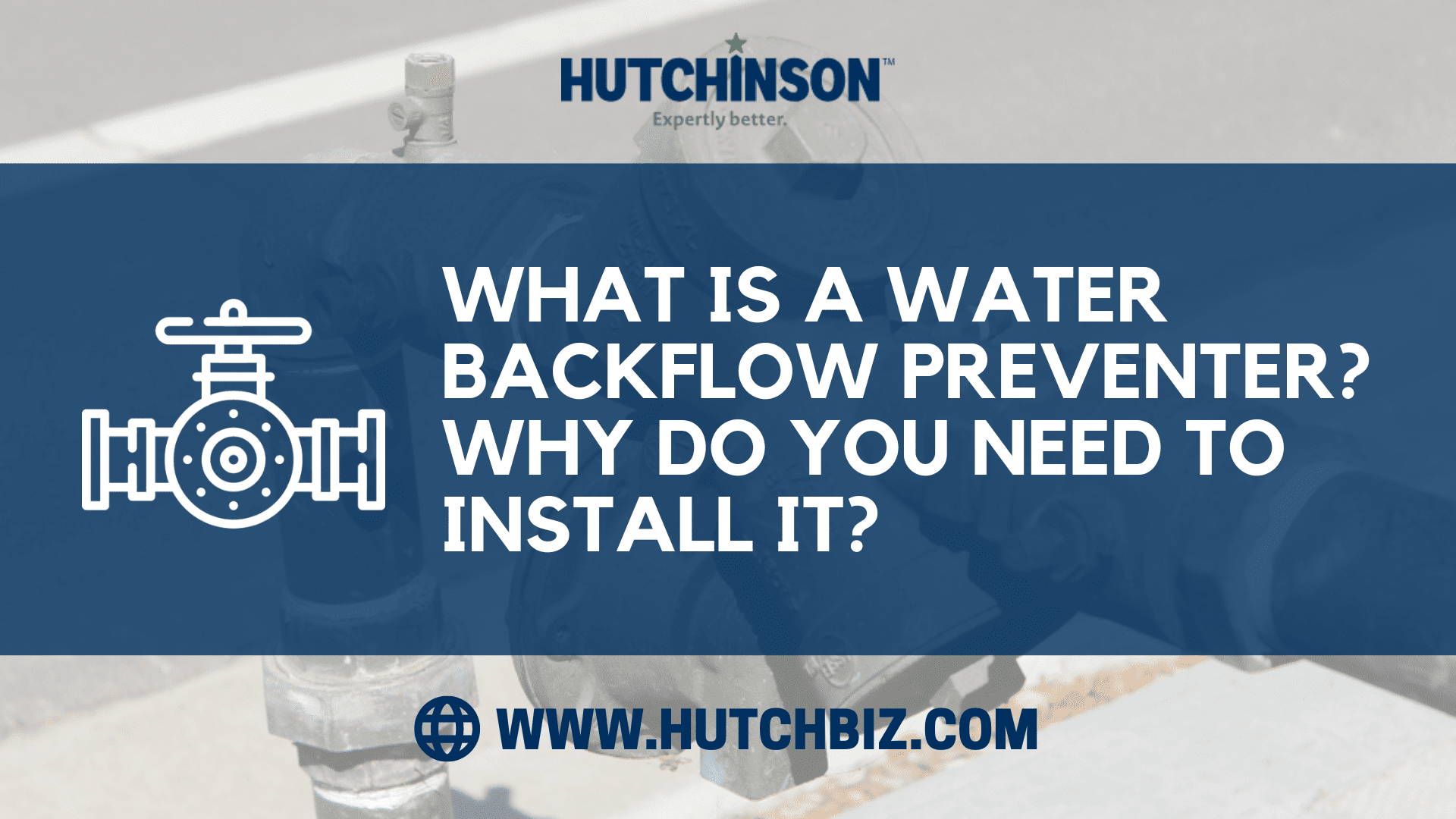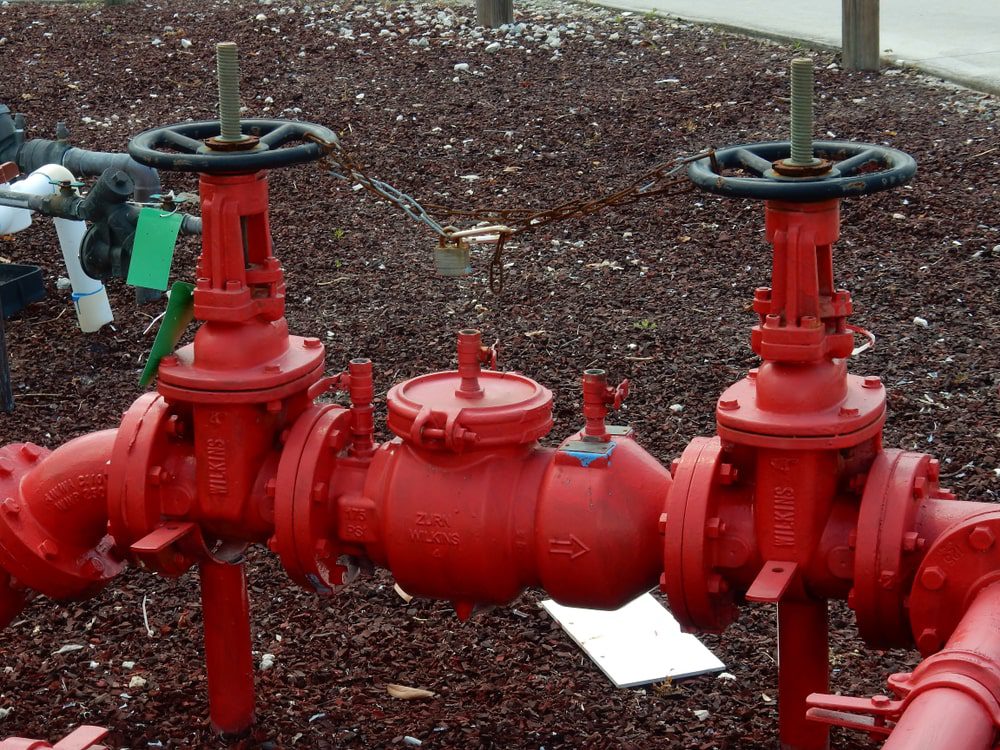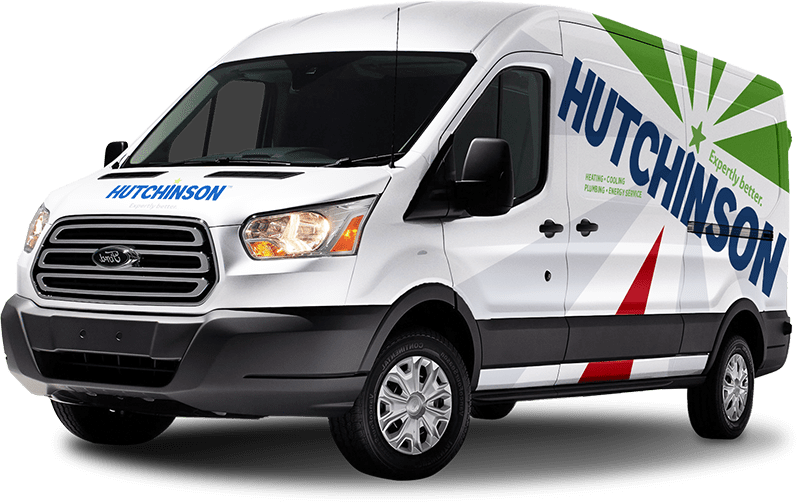
Over 50% of water-borne disease outbreaks can be linked to cross-connection and backflow water issues. Many governments and states require businesses and homes to install backflow preventers to reduce these outbreaks. But is a backflow preventer really necessary?
If you are connected to a public water supply and are using chemicals, have an irrigation system, or a fire protection system, it’s critical to have a backflow preventer installed. A backflow preventer stops contaminated water from flowing back into the public water supply. Without it, pollutants can enter the water supply and compromise the quality and safety of the drinking water, creating water-borne diseases and other health risks.
We’ll explain what and how a backflow preventer works and the major benefits of installing a water backflow preventer system in your home or business. If you live in New Jersey, it’s a must.
What is a Water Backflow Preventer?

A water backflow preventer plays a critical role in maintaining the safety and quality of drinking water by preventing contaminated water from flowing backward into the public water supply. The hardware device ensures that any water contacting potentially harmful substances, such as chemicals, is kept separate from the clean drinking water supply.
These devices are used in various applications, including irrigation systems, industrial processes, and fire protection systems.
Water backflow preventer devices are installed at the service connection between the public water supply and the user’s property. They are tested annually to ensure they work properly and to catch any potential problems before they become serious.
It is important to have a properly installed and maintained backflow preventer to protect the community’s health and maintain the water supply’s integrity.
Does your business need a backflow prevention system? Call us today to book an appointment with a water backflow preventer expert for an evaluation.
How Does a Backflow Prevention System Prevent Backflow?
A backflow prevention system creates a barrier between the clean drinking water supply and any potentially harmful substances that could contaminate the water. There are several types of backflow prevention systems, each with its own unique mechanism for preventing backflow:
- Atmospheric vacuum breakers: Use gravity and atmospheric pressure to prevent backflow.
- Pressure vacuum breakers: Use a spring-loaded check valve and an air inlet valve, which opens to allow air in and equalize pressure in case of a drop in the water supply pressure.
- Double-check valves: Provide two independent check valves that work together to prevent contaminated water from flowing back into the potable water supply.
- Reduced pressure zone devices: Use a combination of check valves and pressure-relieving valves to prevent backflow.
The most common backflow prevention systems use a combination of check valves and pressure-relieving valves to prevent backflow. The check valves prevent water from flowing back into the public water supply, while the pressure-relieving valves allow water to escape if the pressure in the system becomes too high.
Backflow prevention systems operate automatically and don’t require any manual intervention. When backflow is detected, the system will activate and stop the flow of contaminated water back into the public water supply. Common contaminants include:
- Fertilizers/Pesticides
- Human Waste
- Soap
- Chlorine from pools
A backflow prevention system’s effectiveness depends on proper installation and maintenance. It is important to have the system tested annually by certified professionals like Hutchinson to ensure that it is working properly and to catch any potential problems before they become serious.
Do I need a backflow prevention device?

This largely depends on the type of water system you have and the potential risk of backflow. If you are connected to a public water supply, the local water authority may require that you install a backflow prevention device to ensure the quality and safety of the drinking water.
If you have an irrigation system, a fire protection system, or are using chemicals that could contaminate the water supply, you will likely need a backflow prevention device. These devices are designed to prevent contaminated water from getting into the public water supply, which can pose a significant health risk.
Backflow preventers are mostly used in commercial settings, but some homes may want to install a device, especially if your sprinkler system cross-connects with your drinking water. This way, you can rest easy that your water is safe to drink.
Many local governments and towns required backflow preventers and proof of compliance. Cherry Hill, New Jersey, requires homes and businesses to have backflow preventers to isolate cross connections and protect the drinking water. Once installed, you need to be certified by an authorized inspector and renew your Certificate of Compliance annually.
Do you live in New Jersey and need to install or inspect a backflow preventer at your home or business? Call us today to book an appointment with a backflow preventer professional.
Benefits of Installing a Backflow Preventer
There are several key benefits to installing a backflow preventer, including:
- Protecting public health: Backflow preventers help to protect the public’s health by preventing contaminated water from flowing back into the public water supply, which can contain harmful pollutants and contaminants that can cause illness and disease.
- Maintaining water quality: By preventing contaminated water from entering the public water supply, backflow preventers help to maintain the quality of drinking water and ensure that it is safe to consume.
- Reducing the risk of pipe damage: The backflow valve keeps foreign materials and objects from clogging and damaging your pipes which can require complicated repairs.
- Complying with legal requirements: In many areas, installing backflow preventers is a legal requirement. Installing a backflow preventer ensures compliance with local regulations and avoids any penalties or fines.
- Protecting your property: Backflow preventers prevent contaminated water from flowing back into the system and damaging your property.
- Reducing the risk of water-borne diseases: Preventing contaminated water from infiltrating the public water supply reduces the risk of water-borne diseases and other health problems.
- Improving water system efficiency: Backflow preventers increase the efficiency of your water system and ensure that water is used appropriately.
Contact Hutchinson for Backflow Preventer Installation
At Hutchinson, we have over sixty years of experience helping homeowners with plumbing services, like backflow prevention, drain cleaning, water heater installation, bathroom remodels, and urgent plumbing services. We provide high-quality backflow prevention services to help you fortify your home and property from water contamination.
Our backflow evaluators are certified by the NJ Department of Environmental Protection’s Bureau of Safe Drinking Water and are authorized to test your devices for proper function and safety. Not sure if you need a backflow preventer? Call us today to book an evaluation or backflow preventer certification.

